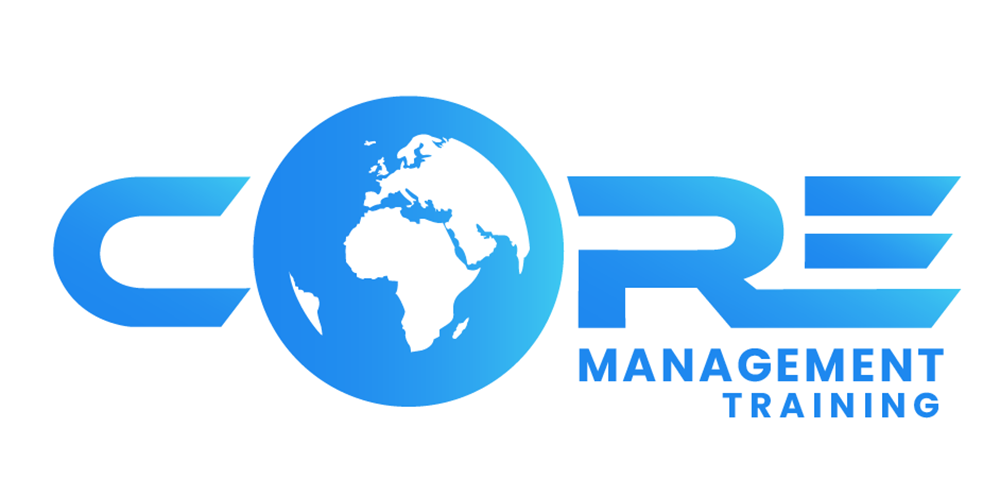In today’s rapidly evolving and interconnected world, Diversity, Equity, and Inclusion (DEI) are no longer mere buzzwords but integral aspects of any successful organization. Hiring is a critical area where companies can make a substantial impact on their DEI initiatives. In 2015 McKinsey published the “Why Diversity Matters” report and key findings of the 2020 report echo similar data. Ethnic and gender equity equates to more profitability for companies. According to the Boston Consulting Group, organizations that have diverse management teams boost revenues by 19%. We’ll explore five strategies and best practices to improve DEI efforts during the hiring process.
Set Local Diversity Goals
When it comes to Diversity, Equity, and Inclusion (DEI) efforts, the spotlight often falls on executive-level hires and board diversity. While these areas are undoubtedly vital, there exists a crucial yet often overlooked realm where impactful change can occur – at the 1st and 2nd line manager levels. Establishing clear DEI goals for managers at this level will pay significant dividends. Focusing on diversity hiring and talent development at the 1st and 2nd line manager levels will create a diverse pipeline of talent for the organization. I can think of several sales reps and early career managers who ascended to senior management roles, whether within the same company or elsewhere.

Define Diversity as an Organization
Begin by defining what diversity means within the organization, considering various facets including but not limited to race, gender, age, sexual orientation, and other intricate dimensions. Once this understanding is crystalized, disseminate it widely across the organization to ensure alignment.
One common pitfall is the misalignment that occurs when organizations proclaim their commitment to diversity without it being defined. It is imperative to establish clear objectives for DEI that encompass all aspects of the organization.
There have been instances where organizations boast about diversity in the company, yet employees do not agree simply because diversity has never been defined or understood. Evaluate the current levels of diversity and establish explicit targets for representation and inclusion across the entire organization. Create milestones for both first-line and second-line managers to achieve, and monitor progress at every level.

Diverse Sourcing Channels
Expand the recruitment network by using a variety of sourcing channels. This may include local colleges and universities, campus organizations, professional organizations that focus on diverse populations, and industry associations.
Partnering and building relationships with these organizations can pay huge dividends. Employee Resource Groups can be another good source of referrals to increase diversity within the organization. It’s important to ensure 1st and 2nd line managers have access to these sourcing channels and hold them accountable for using them. While many companies use a recruiting team to source candidates; it’s the manager who has the responsibility to hire. It’s important for them to take the lead and ensure they are getting the right pool of candidates to interview.
Assess Cultural Fit Thoughtfully
While assessing cultural fit is essential, be careful not to prioritize it at the expense of diversity. Instead of looking for candidates who fit your existing culture perfectly, consider how they can contribute to a more inclusive and diverse culture. Often cultural fit is used to keep underrepresented groups from thriving within the organization.
This can also be the downside of referral programs where a lack of diversity within the organization continues to ensure the look and feel of those recruited does not change.

Provide Recruiting & Selection Training
Offer regular anti-bias training to everyone involved in the hiring process. Raise awareness of unconscious biases for example you might view unpaid internships more favorably than other types of summer jobs, which introduces socioeconomic bias. Teach strategies to mitigate these biases. Encourage open discussions about bias and its impact on decision-making.
Train interviewers to conduct inclusive interviews. Use structured interview questions that assess a candidate’s skills and qualifications rather than personal characteristics. Research shows that taking more time to review resumes’ and assess candidates are less prone to bias.
Improving DEI efforts in hiring is an ongoing process that requires dedication, commitment, and continuous learning. By setting clear goals, eliminating biases, and fostering an inclusive hiring culture, organizations can build diverse teams that drive innovation and success. Remember, diversity isn’t just a checkbox; it’s a catalyst for progress and growth in today’s global marketplace.


